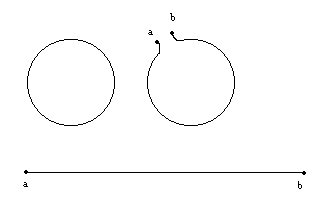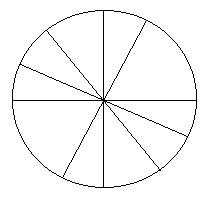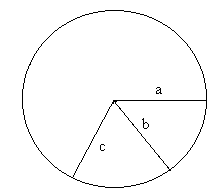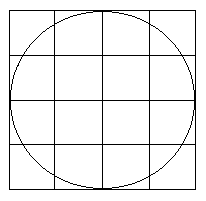Please wait while we process your payment
If you don't see it, please check your spam folder. Sometimes it can end up there.
If you don't see it, please check your spam folder. Sometimes it can end up there.
Please wait while we process your payment

By signing up you agree to our terms and privacy policy.
Don’t have an account? Subscribe now
Create Your Account
Sign up for your FREE 7-day trial
By signing up you agree to our terms and privacy policy.
Already have an account? Log in
Your Email
Choose Your Plan
Individual
Group Discount
Save over 50% with a SparkNotes PLUS Annual Plan!
 payment page
payment page
Purchasing SparkNotes PLUS for a group?
Get Annual Plans at a discount when you buy 2 or more!
Price
$24.99 $18.74 /subscription + tax
Subtotal $37.48 + tax
Save 25% on 2-49 accounts
Save 30% on 50-99 accounts
Want 100 or more? Contact us for a customized plan.
 payment page
payment page
Your Plan
Payment Details
Payment Summary
SparkNotes Plus
You'll be billed after your free trial ends.
7-Day Free Trial
Not Applicable
Renews July 9, 2025 July 2, 2025
Discounts (applied to next billing)
DUE NOW
US $0.00
SNPLUSROCKS20 | 20% Discount
This is not a valid promo code.
Discount Code (one code per order)
SparkNotes PLUS Annual Plan - Group Discount
Qty: 00
SparkNotes Plus subscription is $4.99/month or $24.99/year as selected above. The free trial period is the first 7 days of your subscription. TO CANCEL YOUR SUBSCRIPTION AND AVOID BEING CHARGED, YOU MUST CANCEL BEFORE THE END OF THE FREE TRIAL PERIOD. You may cancel your subscription on your Subscription and Billing page or contact Customer Support at custserv@bn.com. Your subscription will continue automatically once the free trial period is over. Free trial is available to new customers only.
Choose Your Plan
This site is protected by reCAPTCHA and the Google Privacy Policy and Terms of Service apply.
For the next 7 days, you'll have access to awesome PLUS stuff like AP English test prep, No Fear Shakespeare translations and audio, a note-taking tool, personalized dashboard, & much more!
You’ve successfully purchased a group discount. Your group members can use the joining link below to redeem their group membership. You'll also receive an email with the link.
Members will be prompted to log in or create an account to redeem their group membership.
Thanks for creating a SparkNotes account! Continue to start your free trial.
We're sorry, we could not create your account. SparkNotes PLUS is not available in your country. See what countries we’re in.
There was an error creating your account. Please check your payment details and try again.
Please wait while we process your payment

Your PLUS subscription has expired
Please wait while we process your payment
Please wait while we process your payment

Circumference and Area of a Circle
The circumference of a circle is its "perimeter," or the distance around
its edge. If we broke the circle and bent it into one flat line, the length of
this line would be its circumference:

The diameter of a circle is a line
segment from one point on the edge of the
circle to another point on the edge, passing through the center of the circle.
It is the longest line segment that cuts across the circle from one point to
another. There are many different diameters, but they all have the same length:

The radius of a circle is a line segment from the center of the circle to a
point on the edge of the circle. It is half of a diameter, and thus its length
is half the length of the diameter. Again, there are many radii, but they all
have the same length. In the following diagram, a, b, and
c are all radii:

The area of a circle is the total number of square units that fill the
circle. The area of the following circle is about 13 units. Note that we count
fractional units inside the circle as well as whole units.

Mathematicians have discovered a special number, called pi (represented by Π), which is the ratio of the circumference of any circle to the length of its diameter. Π is roughly equal to 3.14--most scientific calculators have a "Π" button that will produce more digits. Π is a non- terminating, non- repeating decimal; thus, Π is an irrational number.
Since Π is the ratio of the circumference to the diameter, Π = c/d; c = Π×d; and d = c/Π; where c and d are the circumference and the diameter, respectively. The most important equations to remember are the last two.
Please wait while we process your payment

